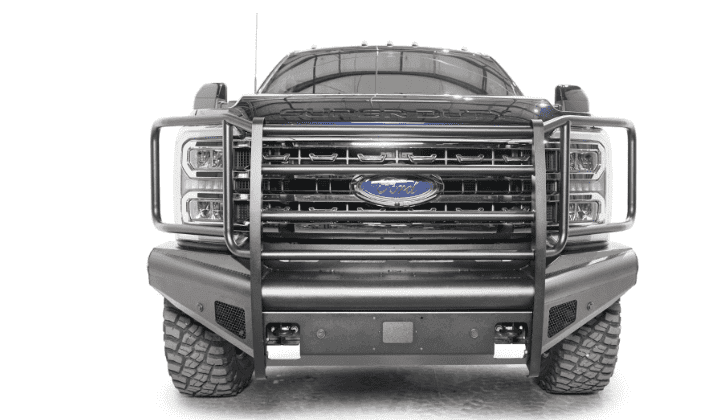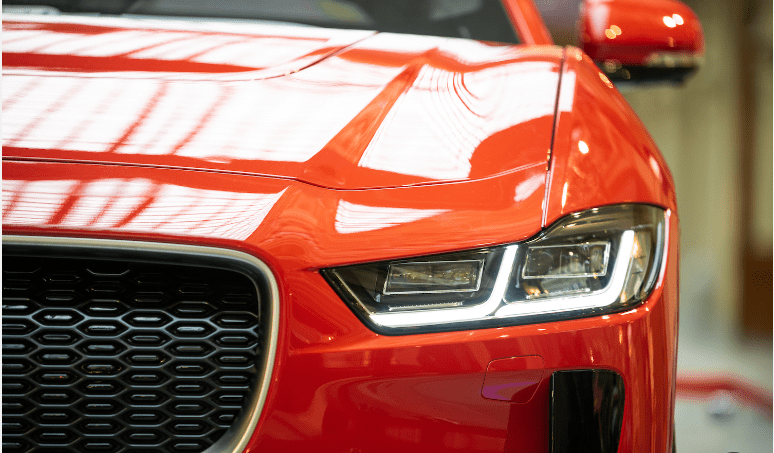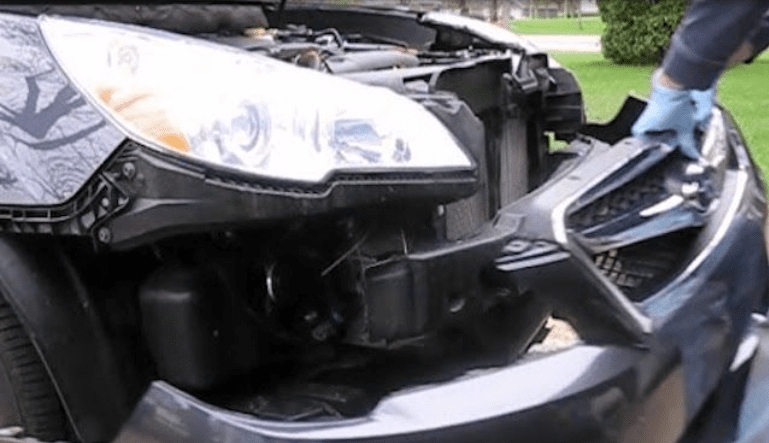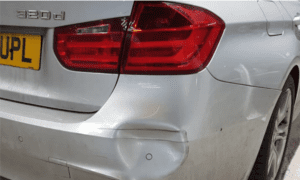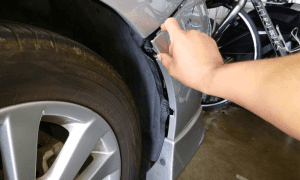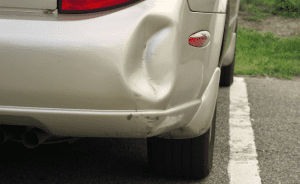Defining the Terms: Bumper Cover vs Bumper
When we mention the term bumper cover vs bumper, it’s essential to recognize their distinct roles. The bumper itself refers to the structural component designed to absorb impact during collisions, safeguarding essential vehicle components and ensuring occupant safety.
On the other hand, the bumper cover is the outermost layer, often made of plastic or fiberglass, serving a primarily aesthetic purpose. It shields the actual bumper and other internal components from environmental elements, contributing to the overall appearance of the vehicle.
Structural Significance: Bumper vs Bumper Cover
The bumper serves as the first line of defense in a collision, absorbing and distributing impact forces to minimize damage. Its structural composition is typically sturdy and designed to withstand pressure.
In contrast, the bumper cover is not meant for impact absorption. While it may endure minor scratches and scuffs, its primary function is to enhance the vehicle’s aesthetics and protect the underlying components from dirt and debris.
Collision Repair: Bumper Cover vs Bumper
In the unfortunate event of a collision, understanding the bumper cover vs bumper dynamic is crucial for effective repairs. If your bumper cover sustains cosmetic damage but the bumper remains structurally intact, a replacement of the cover might suffice.
However, if the collision impacts the structural integrity of the bumper, both the bumper cover and bumper may require attention. Assessing the extent of the damage is vital to determine whether a cosmetic fix or a more comprehensive repair is necessary.
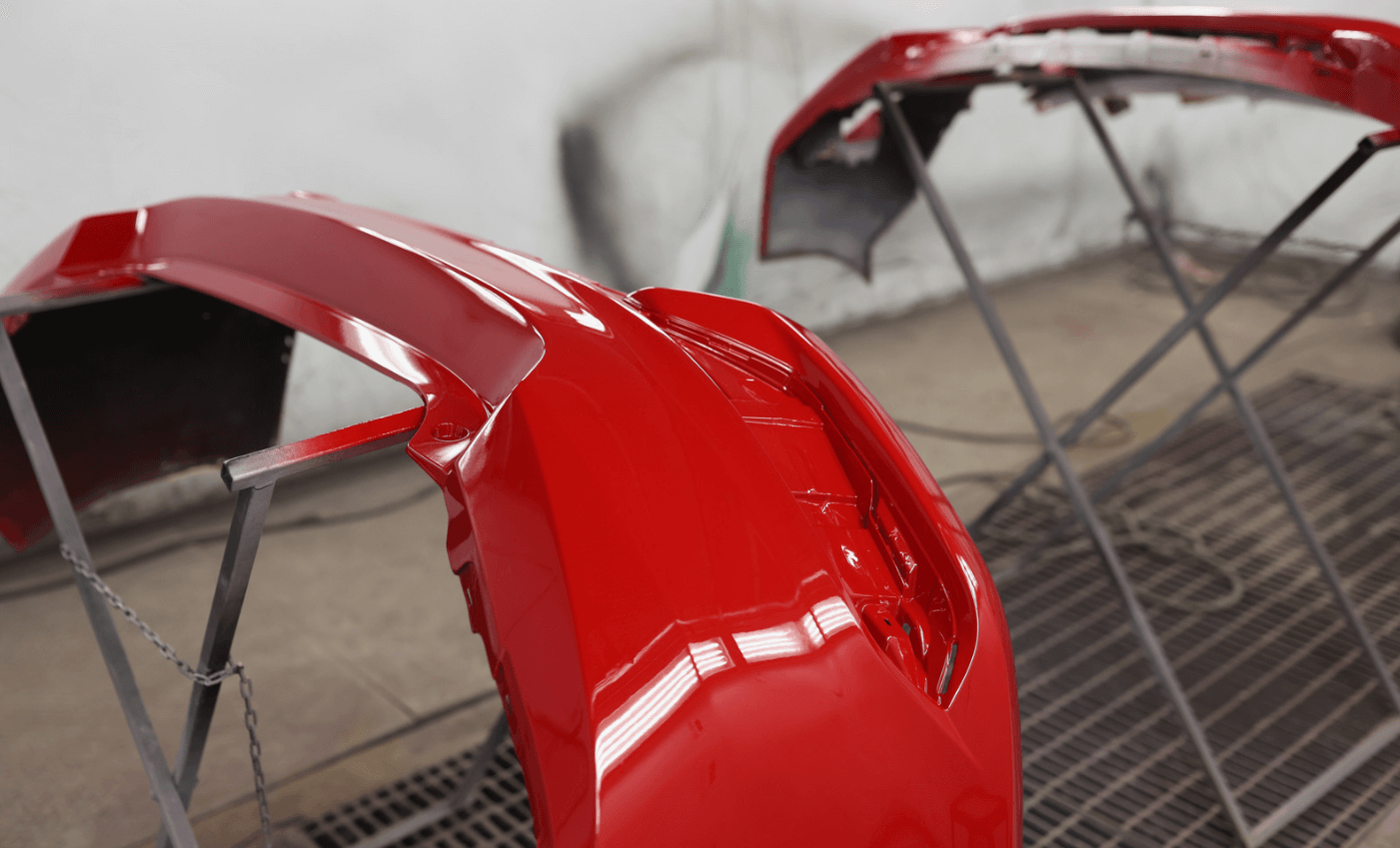
difference between bumper and bumper cover
Design and Aesthetic Considerations
While the primary focus of bumpers is on structural integrity and impact absorption, bumper covers are designed with aesthetic considerations in mind.
Manufacturers often use bumper covers to create brand-specific styling elements and differentiate models within their lineup.
The design of bumper covers can vary significantly, ranging from sporty and aggressive to elegant and understated, depending on the vehicle’s intended image and target audience.
Installation and Repair
In terms of installation and repair, bumper covers are generally easier and more cost-effective to replace compared to bumpers.
Bumper covers are designed to be removable, allowing for straightforward installation and replacement without extensive labor or specialized tools.
In contrast, replacing a bumper involves more complex procedures as it is integrated into the vehicle’s frame and impact absorption system.
Repairing minor scuffs or scratches on a bumper cover can often be done using buffing or painting techniques, whereas significant damage to the bumper may require structural repairs or even replacement to ensure safety and functionality.
Impact on Vehicle Safety
Both bumpers and bumper covers play important roles in vehicle safety, albeit in different ways.
Bumpers are critical for absorbing energy during collisions, thereby minimizing damage to the vehicle’s main structure and protecting occupants.
They are designed to meet specific safety standards and regulations to ensure optimal performance in crash scenarios.
On the other hand, bumper covers provide additional protection to underlying components from debris, moisture, and corrosion, while also contributing to the overall aesthetics of the vehicle. While they do not have the same structural impact-absorbing capabilities as bumpers, they still play a role in safeguarding the vehicle’s integrity and longevity.
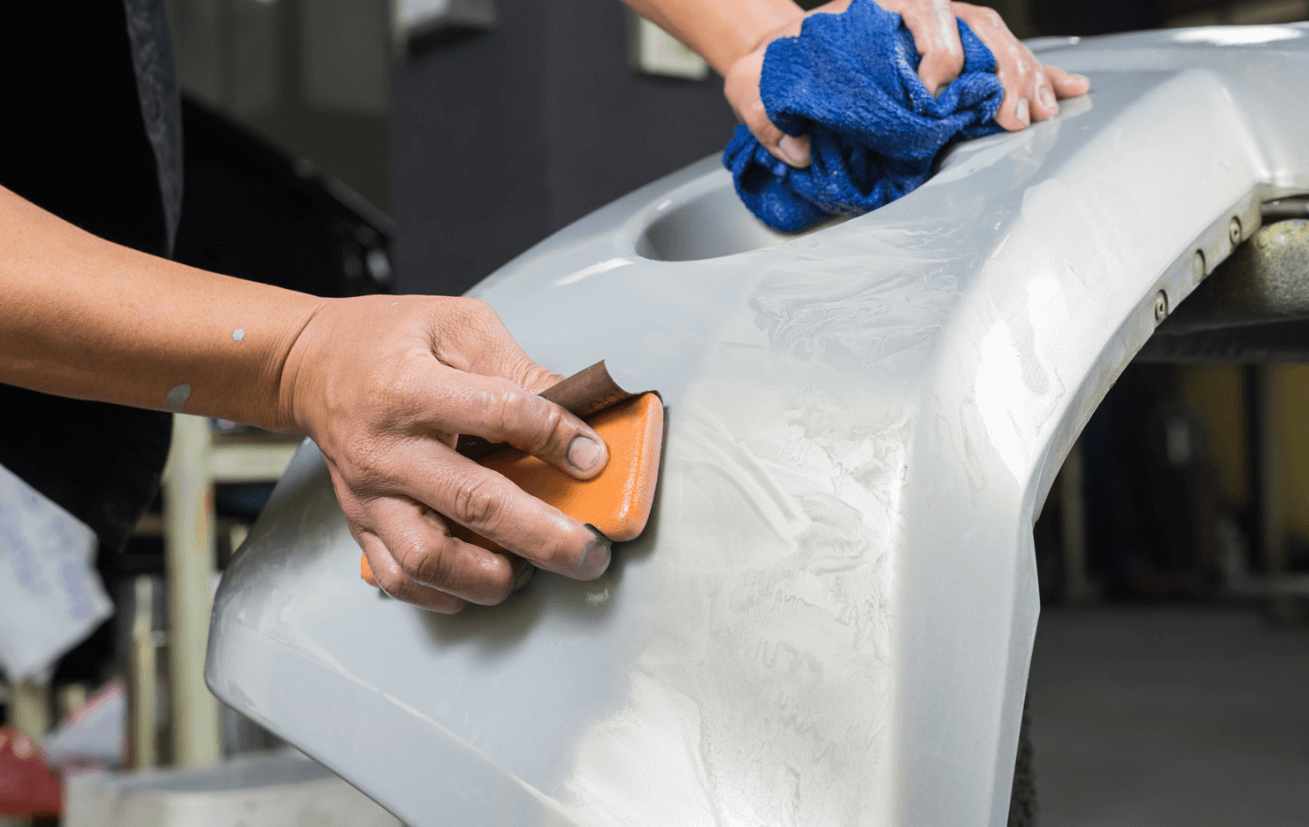
can i use a bumper cover as a bumper
Limitations of Bumper Covers
While bumper covers can improve the appearance of a vehicle and offer some level of protection against minor impacts, they are not designed to function as bumpers.
Bumper covers lack the structural integrity and impact-absorbing capabilities of actual bumpers.
In the event of a significant collision, a bumper cover alone would not provide adequate protection to the vehicle or its occupants.
Safety Considerations
Using a bumper cover as a bumper replacement can compromise the safety of the vehicle.
Bumpers are engineered to meet specific safety standards and undergo rigorous testing to ensure they can withstand impacts and protect occupants effectively.
Replacing a bumper with just a bumper cover could result in increased damage to the vehicle and pose a risk to the driver and passengers.
for bumper repair contact us at (713)243-3535
Material Differences: Bumper vs Bumper Cover
Materials play a pivotal role in the longevity and functionality of bumper covers and bumpers. Bumpers, constructed from robust materials like steel or aluminum, provide the necessary strength for impact absorption.
Bumper covers, on the other hand, are typically made of lightweight materials like plastic or fiberglass. While these materials contribute to fuel efficiency and aesthetic appeal, they lack the structural fortitude of the actual bumper.
Replacement Considerations: Bumper Cover vs Bumper
When contemplating replacement, understanding the cost and purpose of each component is vital. Bumper covers are often more budget-friendly to replace due to their cosmetic nature, while bumpers may incur higher costs due to their structural significance.
Choosing between a bumper cover vs bumper replacement depends on the nature of the damage and your budget. Cosmetic blemishes may warrant a bumper cover replacement, but structural concerns necessitate attention to the bumper itself.
DIY Repairs and Maintenance: Bumper Cover vs Bumper
For minor cosmetic issues like scratches or scuffs on the bumper cover, some DIY repairs or touch-ups may suffice. Conversely, attempting DIY repairs on the bumper for structural damage is ill-advised, as it requires professional expertise to ensure the safety of the repair.
Conclusion: Navigating Bumper Cover vs Bumper Dynamics
In conclusion, understanding the nuances of bumper cover vs bumper is imperative for informed vehicle maintenance and collision repair decisions. Whether addressing cosmetic concerns or structural damage, discerning the role each component plays ensures a comprehensive approach to vehicle upkeep. The distinction between a bumper cover vs bumper ultimately shapes the efficiency, safety, and aesthetics of your vehicle.
Cost Considerations: Bumper Cover vs Bumper
Understanding the differences in material, design, and repair needs sheds light on the cost variations between bumper covers and bumpers. Bumper cover repairs are often more budget-friendly due to their cosmetic nature, while bumper repairs may entail higher costs, given the structural considerations involved.
benefits of the bumper cover
Bumper Covers: Enhancing Protection, Aesthetics, and Aerodynamics
In the realm of automotive design, bumper covers play a crucial role in safeguarding the vehicle’s front and rear ends while contributing to its overall appearance and aerodynamic efficiency. These protective components, often made of plastic or fiberglass, serve as a layer of defense against minor impacts, scratches, and debris, shielding the underlying bumper from damage.
Enhanced Protection
Bumper covers offer a significant advantage in protecting the vehicle’s bumper, a crucial component that absorbs impact energy in collisions. By acting as a sacrificial barrier, bumper covers can prevent or minimize damage to the underlying bumper, reducing repair costs and maintaining the structural integrity of the vehicle’s front or rear end.
Improved Aesthetics
Bumper covers play a vital role in enhancing the vehicle’s aesthetics. Their sleek and contoured designs seamlessly integrate with the vehicle’s bodywork, contributing to a unified and modern appearance. Additionally, bumper covers can be customized with different colors and finishes, allowing owners to personalize their vehicles further.
Enhanced Aerodynamics
Bumper covers contribute to the vehicle’s aerodynamic efficiency by smoothing out the airflow over the front and rear ends. This reduces drag, which can improve fuel economy and overall performance. Additionally, well-designed bumper covers can channel air away from sensitive components, such as radiators and brakes, helping to maintain optimal cooling performance.
Additional Benefits
Bumper covers offer several additional benefits, including:
-
Reduced noise, vibration, and harshness (NVH): Bumper covers can help to dampen road noise and vibrations, contributing to a quieter and more comfortable ride.
-
Ease of repair: Bumper covers are typically easier and less expensive to repair or replace than the underlying bumper.
-
Weight savings: Modern bumper covers are often made from lightweight materials, contributing to overall vehicle weight reduction.
Bumper covers have become an integral part of automotive design, offering a combination of protection, aesthetics, and aerodynamic efficiency. By safeguarding the underlying bumper and enhancing the vehicle’s appearance, bumper covers play a significant role in ensuring a safe, stylish, and efficient driving experience.
When Should You Get a Bumper Cover?
When Should You Get a Bumper?
Determining when to replace your car’s bumper depends on the extent and type of damage it has sustained. If the damage is minor, such as a small scratch or scuff, you may be able to repair it yourself using touch-up paint or a specialized bumper repair compound. However, if the damage is more severe, such as a dent, crack, or missing section, it is advisable to seek professional bumper repair or replacement.
Here are some specific instances when you should consider getting a new bumper:
-
Significant dents or creases: If your bumper has deep dents or creases that cannot be easily removed with PDR techniques, replacement may be necessary.
-
Cracks or splits: Cracks or splits in the bumper can indicate structural damage and compromise the integrity of the bumper’s protective function. Replacement is often recommended in such cases.
-
Missing sections: If significant portions of the bumper are missing, whether due to an accident or other factors, replacement is necessary to restore the bumper’s protective capabilities and the vehicle’s aesthetic appearance.
-
Extensive wear and tear: Over time, bumpers can become weathered, faded, or develop cracks from repeated exposure to the elements or minor impacts. Replacing the bumper can restore the vehicle’s appearance and potentially enhance its resale value.
-
Preparing for sale: If you plan to sell your car, replacing a damaged or worn-out bumper can improve its overall condition and increase its appeal to potential buyers.
In general, it is advisable to seek a professional assessment from a qualified mechanic or bumper repair specialist to determine the best course of action for your particular situation. They can evaluate the damage, provide accurate estimates, and recommend the most appropriate repair or replacement option.
Dent Removal Houston | Enhancing Your Car’s Aesthetic Appeal
In Conclusion for bumper cover vs bumper
In summary, the distinction between a bumper cover and a bumper lies in their functions and materials. While the bumper cover contributes to the vehicle’s aesthetics, the bumper is a structural component crucial for impact absorption during collisions. Understanding these differences is vital for informed decision-making when it comes to repairs and replacements.


